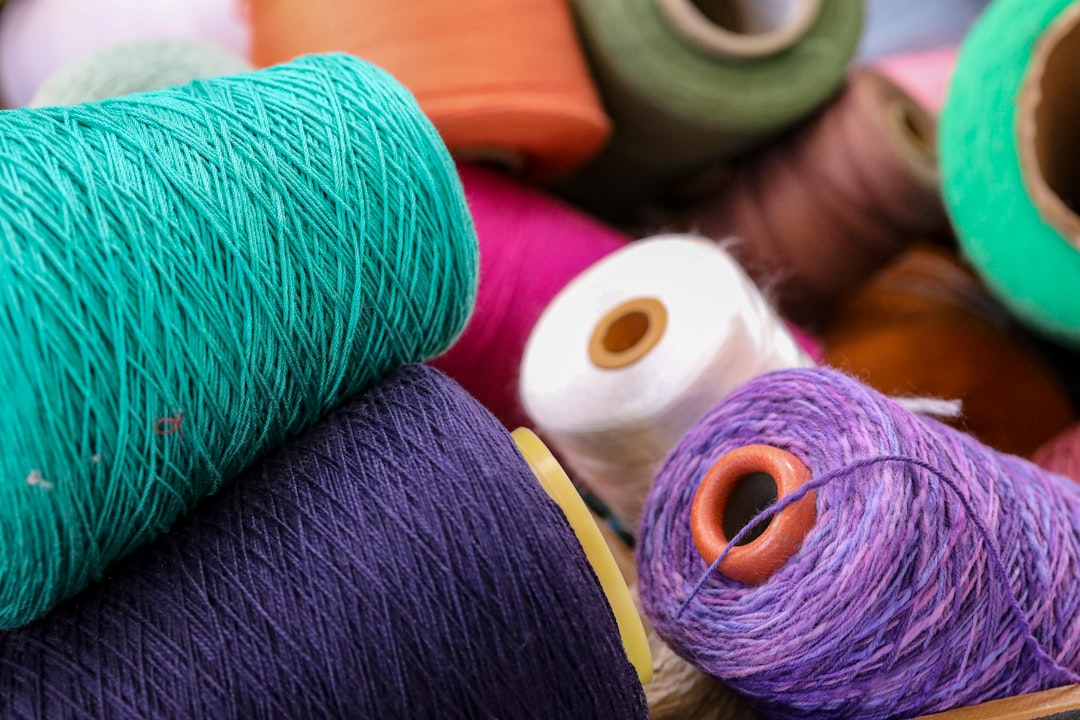Northeast India, a region characterized by its rich tapestry of cultures, languages, and traditions, is home to a diverse array of tribal communities, each with its own unique artistic expressions. The traditional tribal art of this region is not merely a form of aesthetic expression; it serves as a vital conduit for cultural identity, social values, and historical narratives. From the intricate patterns of textiles to the vibrant murals adorning the walls of homes, tribal art in Northeast India encapsulates the essence of the communities that create it.
This art form is deeply intertwined with the daily lives, rituals, and beliefs of the tribes, reflecting their connection to nature, spirituality, and ancestry. The significance of traditional tribal art extends beyond mere decoration; it is a living tradition that embodies the stories and experiences of generations. Each piece of art tells a story, whether it be through the motifs used or the materials chosen.
The art serves as a medium for communication, allowing tribes to express their worldviews and cultural heritage. As such, understanding the traditional tribal art of Northeast India requires an appreciation of its historical context and the socio-cultural dynamics that shape it.
Key Takeaways
- Traditional tribal art in Northeast India is a rich and diverse form of artistic expression that reflects the cultural heritage of the region.
- The history and cultural significance of tribal art in Northeast India dates back to ancient times and plays a vital role in the identity and traditions of the tribal communities.
- Different forms and techniques of tribal art in Northeast India include weaving, pottery, wood carving, and traditional paintings, each with its unique style and symbolism.
- Symbolism and meaning in traditional tribal art of Northeast India often depict elements of nature, animals, and spiritual beliefs, reflecting the close connection between the tribal communities and their environment.
- The preservation and revival of traditional tribal art in Northeast India is crucial for safeguarding the cultural heritage and promoting the artistic skills of the tribal artisans, especially in the face of modernization and changing societal dynamics.
History and Cultural Significance of Tribal Art in Northeast India
Artistic Expressions of Tribal Identity
For instance, the Naga tribes are known for their elaborate wood carvings and vibrant textiles, which have evolved over centuries. These art forms often reflect the tribes’ historical experiences, including their interactions with neighboring communities and colonial powers.
Tribal Art as a Repository of Knowledge
Culturally, tribal art serves as a repository of knowledge and tradition. It is often used in rituals and ceremonies, marking significant life events such as births, marriages, and funerals. The use of art in these contexts reinforces social cohesion and community identity.
Preservation of Cultural Heritage
The preservation of these artistic practices is crucial for maintaining cultural continuity in a rapidly changing world.
Different Forms and Techniques of Tribal Art in Northeast India

The traditional tribal art of Northeast India encompasses a wide range of forms and techniques, each reflecting the unique cultural identity of its respective community. One prominent form is textile art, which includes weaving, dyeing, and embroidery. The Assamese community is renowned for its exquisite silk weaving, particularly the production of Muga silk, which is indigenous to the region.
The intricate designs often feature motifs inspired by nature and mythology, showcasing the artisans’ skills and creativity. In addition to textiles, pottery is another significant form of tribal art in Northeast India. The Karbi tribe, for instance, is known for its distinctive earthenware pottery that is both functional and decorative.
Similarly, wood carving is a prevalent technique among many tribes, with artisans creating everything from household items to ceremonial masks. The craftsmanship involved in these art forms not only highlights the technical skills of the artisans but also serves as a means of cultural expression.
Symbolism and Meaning in Traditional Tribal Art of Northeast India
Symbolism plays a crucial role in traditional tribal art from Northeast India. Each motif and design carries specific meanings that are deeply rooted in the cultural beliefs and practices of the tribes. For example, in Naga art, certain patterns may symbolize fertility or protection, while others may represent ancestral spirits or natural elements.
The use of symbols allows artists to convey complex ideas and emotions without the need for words. Moreover, the colors used in tribal art are often imbued with significance. In many communities, specific colors are associated with particular meanings; for instance, red may symbolize strength or vitality, while black could represent mourning or loss.
This rich symbolism not only enhances the aesthetic appeal of the art but also serves as a means of storytelling, allowing viewers to engage with the cultural narratives embedded within each piece.
Preservation and Revival of Traditional Tribal Art in Northeast India
In recent years, there has been a growing awareness regarding the need to preserve traditional tribal art in Northeast India. As globalization and modernization threaten to overshadow these age-old practices, various initiatives have emerged to support artisans and promote their work. Organizations dedicated to preserving indigenous art forms have been established, providing training programs that help younger generations learn traditional techniques from their elders.
Additionally, there has been an increase in demand for authentic tribal art among collectors and enthusiasts both nationally and internationally. This interest has led to collaborations between artisans and designers, resulting in innovative products that blend traditional aesthetics with contemporary sensibilities. Such initiatives not only provide economic opportunities for artisans but also contribute to the revival of interest in traditional practices among younger members of the community.
Impact of Modernization on Traditional Tribal Art in Northeast India

The impact of modernization on traditional tribal art in Northeast India is multifaceted. On one hand, modernization has introduced new materials and techniques that have expanded the creative possibilities for artists. For instance, the incorporation of synthetic dyes has allowed for more vibrant colors in textile production.
Furthermore, urbanization has led to significant changes in lifestyle and cultural practices among tribal communities. As younger individuals migrate to urban areas for education and employment opportunities, there is a risk that traditional knowledge may be lost over time.
This generational gap can result in a decline in the transmission of artistic skills and cultural narratives that are essential for maintaining community identity. Despite these challenges, there remains a resilient spirit among many tribes to adapt while preserving their heritage. Artists are increasingly finding ways to integrate traditional motifs into contemporary designs, creating a dialogue between past and present.
This blending not only keeps traditional art relevant but also allows it to evolve within a modern context while still honoring its roots. In conclusion, the traditional tribal art of Northeast India is a vibrant reflection of the region’s diverse cultures and histories. Its significance extends beyond aesthetics; it embodies the values, beliefs, and narratives that shape the identities of various tribes.
As efforts continue to preserve these artistic traditions amidst modernization’s challenges, there is hope for a future where traditional tribal art can thrive alongside contemporary expressions.
If you are interested in exploring the philosophical aspects of traditional art forms, you may also enjoy reading about Vedanta philosophy and its insights into the nature of reality and liberation. This article on Vedanta philosophy delves into the deep spiritual teachings that can be found in ancient Indian texts. Just as traditional tribal art of Northeast India reflects cultural beliefs and values, Vedanta philosophy offers a unique perspective on the nature of existence and the path to ultimate freedom.
FAQs
What is traditional tribal art of Northeast India?
Traditional tribal art of Northeast India refers to the artistic expressions of the various indigenous tribes living in the states of Arunachal Pradesh, Assam, Manipur, Meghalaya, Mizoram, Nagaland, Sikkim, and Tripura. These art forms include a wide range of crafts such as weaving, pottery, wood carving, mask making, and traditional paintings.
What are some common themes in traditional tribal art of Northeast India?
Common themes in traditional tribal art of Northeast India include depictions of nature, animals, mythical creatures, and everyday life. Many art forms also incorporate religious and spiritual motifs, reflecting the tribes’ deep connection to their natural surroundings and belief systems.
What are some popular traditional art forms in Northeast India?
Some popular traditional art forms in Northeast India include the intricate handwoven textiles of the Nagas and Mizos, the vibrant and colorful wood carvings of the Khasis and Garos, the ornate bamboo and cane crafts of the Tripuris, and the unique mask making traditions of the various tribes in the region.
How is traditional tribal art of Northeast India preserved and promoted?
Efforts to preserve and promote traditional tribal art of Northeast India include government initiatives, cultural festivals, and the establishment of craft centers and museums. Additionally, non-governmental organizations and local communities play a crucial role in supporting artisans and ensuring the continuation of these traditional art forms.






















+ There are no comments
Add yours